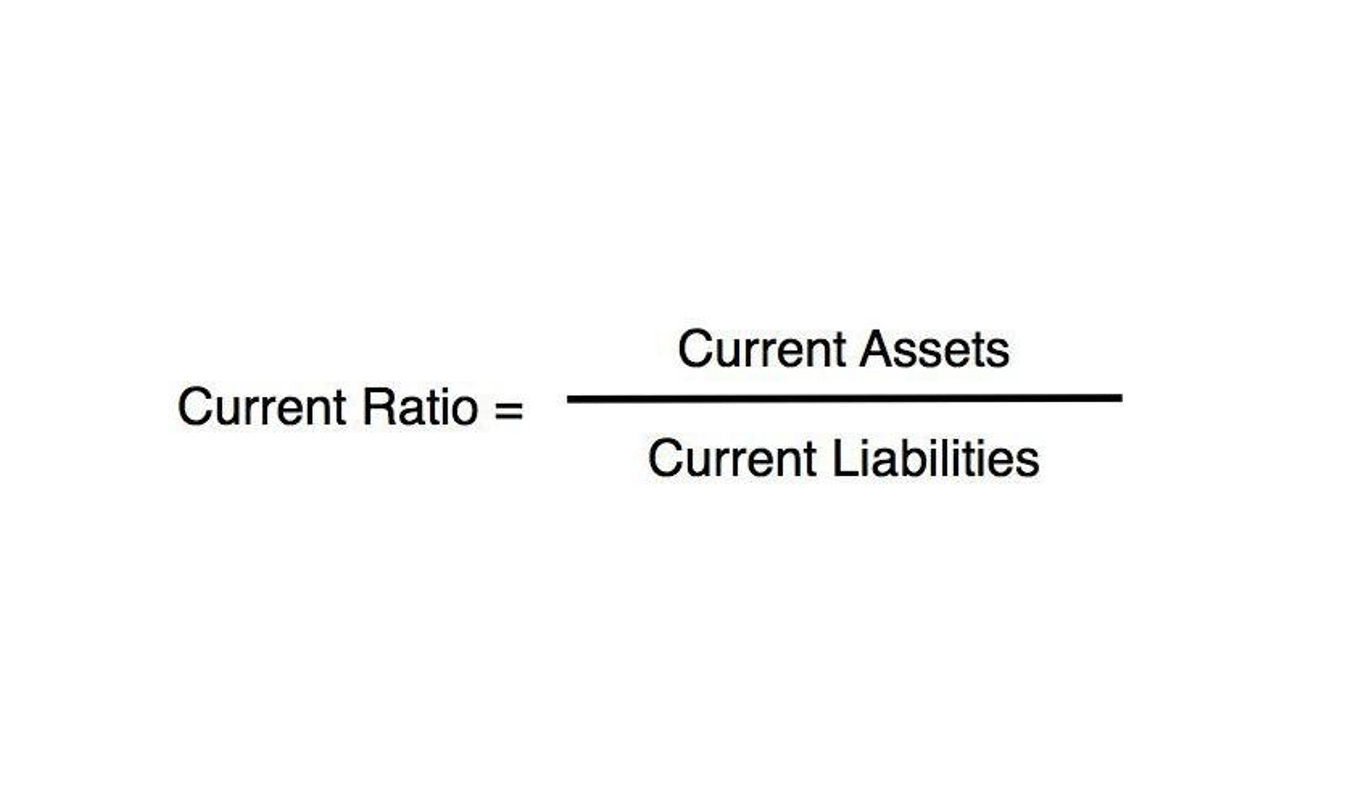
If you need to create an income statement, you can do so with QuickBooks. A current ratio that is too high, though, can indicate you aren’t managing your capital efficiently, and as a result your business growth could stagnate. If we rearrange the Accounting Equation, Equity is equal to Assets minus Liabilities.
What is An Accounting Liability?
So, let’s take a https://www.facebook.com/BooksTimeInc/ look at every element of the accounting equation. Once you have a handle on the accounting equation, the next concept to learn in accounting is debits and credits. It may sound like a foreign language but trust us, we’ll make it easy and if you have any questions, be sure to drop them in the comments below. You might also hear to equity referred to as owner’s equity if someone is talking about a small business.
What Are the Key Components in the Accounting Equation?
- By ensuring that the equation remains in balance, companies can track changes to their assets, liabilities, and equity over time and ensure the accuracy of their financial statements.
- The equation is an important concept used to assess the financial condition of the company.
- In essence, if both sides of the basic accounting formula do not match at all times, there is an error in the accounting system that must be corrected.
- The remainder is the shareholders’ equity, which would be returned to them.
- So, as long as you account for everything correctly, the accounting equation will always balance no matter how many transactions are involved.
- Since the balance sheet is founded on the principles of the accounting equation, this equation can also be said to be responsible for estimating the net worth of an entire company.
The major and often largest value assets of most companies are that company’s machinery, buildings, and property. Assets include cash and cash equivalents or liquid assets, which may accounting basic formula include Treasury bills and certificates of deposit (CDs). A financial professional will offer guidance based on the information provided and offer a no-obligation call to better understand your situation. We follow strict ethical journalism practices, which includes presenting unbiased information and citing reliable, attributed resources.

Financial statements

The fundamental components of the accounting equation include the calculation of both company holdings and company debts; thus, it allows owners to gauge the total value of a firm’s assets. The accounting https://www.bookstime.com/ equation plays a significant role as the foundation of the double-entry bookkeeping system. It is based on the idea that each transaction has an equal effect. It is used to transfer totals from books of prime entry into the nominal ledger.

In other words, the shareholders or partners own the remainder of assets once all of the liabilities are paid off. Receivables arise when a company provides a service or sells a product to someone on credit. Metro Corporation collected a total of $5,000 on account from clients who owned money for services previously billed. Accountingo.org aims to provide the best accounting and finance education for students, professionals, teachers, and business owners. Incorrect classification of an expense does not affect the accounting equation.

- In other words, we can say that the value of assets in a business is always equal to the sum of the value of liabilities and owner’s equity.
- This is because creditors – parties that lend money such as banks – have the first claim to a company’s assets.
- The calculation of net worth for a business uses the assets and liabilities shown in the balance sheet.
- The above accounting equation format provides the management and the stakeholders a clear snapshot of the asset, liability and equity position at a particular point of time.
- Now, let’s say, of your $5,000 in liabilities, $2,000 is current.
- In accounting, the claims of creditors are referred to as liabilities and the claims of owner are referred to as owner’s equity.
The fundamental accounting equation, also called the balance sheet equation, is the foundation for the double-entry bookkeeping system and the cornerstone of the entire accounting science. In the accounting equation, every transaction will have a debit and credit entry, and the total debits (left side) will equal the total credits (right side). In other words, the accounting equation will always be “in balance”. As expected, the sum of liabilities and equity is equal to $9350, matching the total value of assets. So, as long as you account for everything correctly, the accounting equation will always balance no matter how many transactions are involved.
